Simple, frugal living in today’s modern world is still possible with these budget ideas and money-saving tips for your family. The old-fashioned pioneer life has its place in this fast paced society of technology. Read on to learn more!
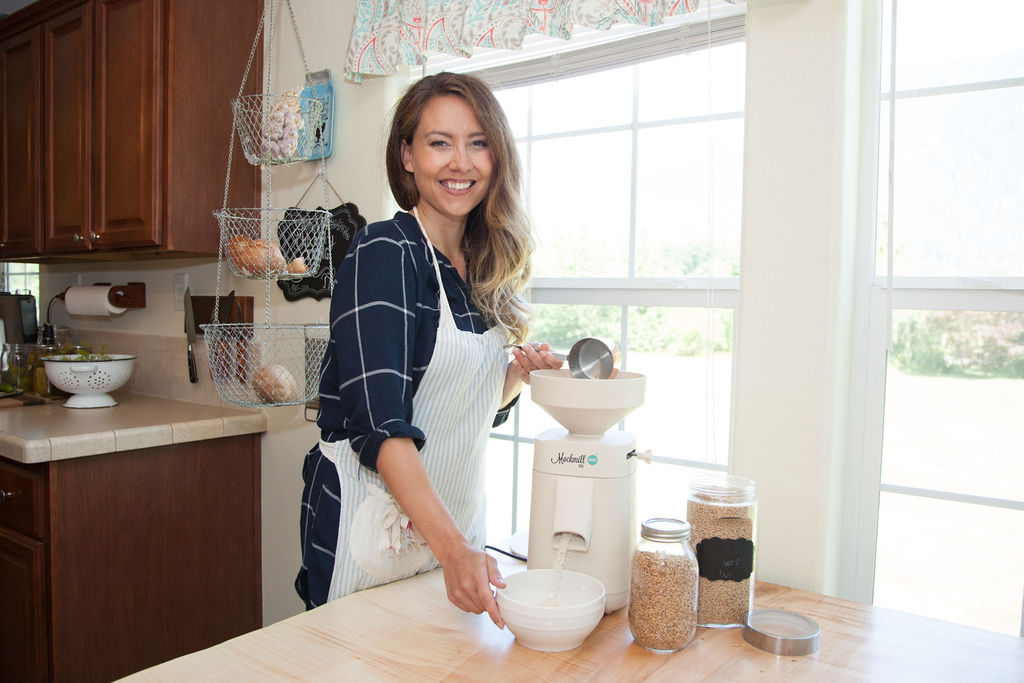
Note: This blog post has been updated to include multiple podcast episodes on frugal living. Over the years, I've had multiple listeners ask for ways to live more frugally, so download each of these podcasts and listen to them at your leisure! Here’s to frugal living!
Listen to the full episodes of the Pioneering Today Podcast, where we don’t just inspire you but give you the clear steps to create the homegrown garden, pantry, kitchen and life you want for your family and homestead:
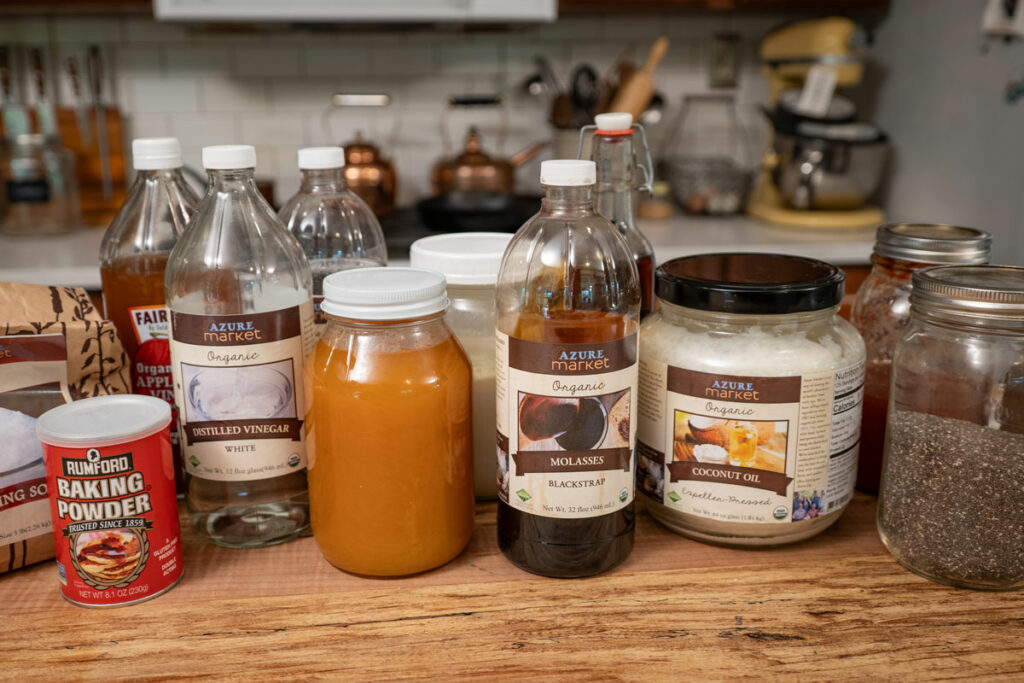
Living frugally with essential homestead skills is more important than ever these days with the rising cost of inflation. It seems grocery prices increase before I make it through the store aisles. Loading a few meager bags of food into the car costs a pretty penny; it’s disheartening.
I have been taking into account the stories shared with me about the steps to a simple life our great-grandparents knew and things our grandparents reused during the Great Depression so I can make two ends meet for our family as a modern homesteader.
Frugal living is learned; believe me, I have learned through trial and error over the years. Putting into practice the tips to live like the Pioneers and staying consistent has its challenges, but at the end of the day, it’s been well worth the long-term investment of time and energy. Homesteading can really save you money.
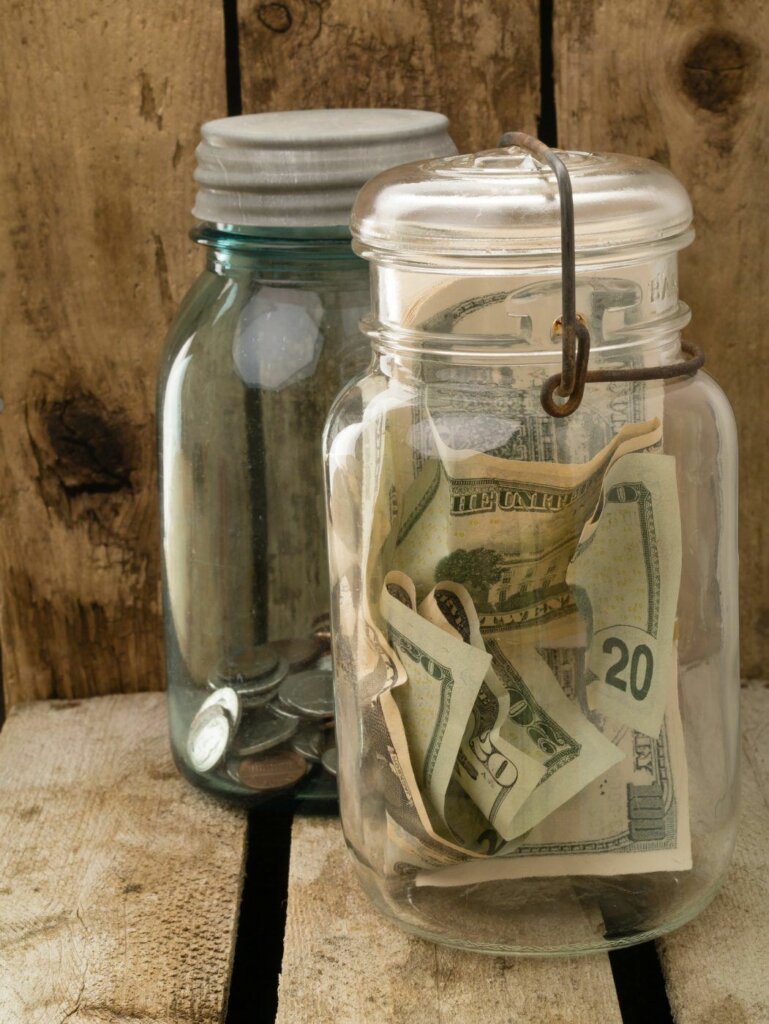
The little things in life go a long way when living frugally in the Pioneer spirit on the homestead, or anywhere for that matter. I have learned and used many tips and tricks to keep our household running well, experiencing the frugal Pioneer lifestyle we have chosen.
I was raised in a frugal household. My parents were taught by their parents, and it was all I knew. I learned that making a budget is intentional and, if held to consistently, will guide you with your spending. Living outside your budget is where things can get out of balance quickly.
Keeping your budget honest and realistic is important because your life and household are what your budget manages. Couponing and sales can only get you so far; you have to ask yourself if the purchase is a need-need or a want-need and wait for a bit before making the final purchase.
Making sure you have a margin for the unexpected things that come up, or extra monies needed for gift buying, repairs, travel or the occasional unforeseen expenses is real life. We try to make sure that the miscellaneous amount is realistic and affordable.
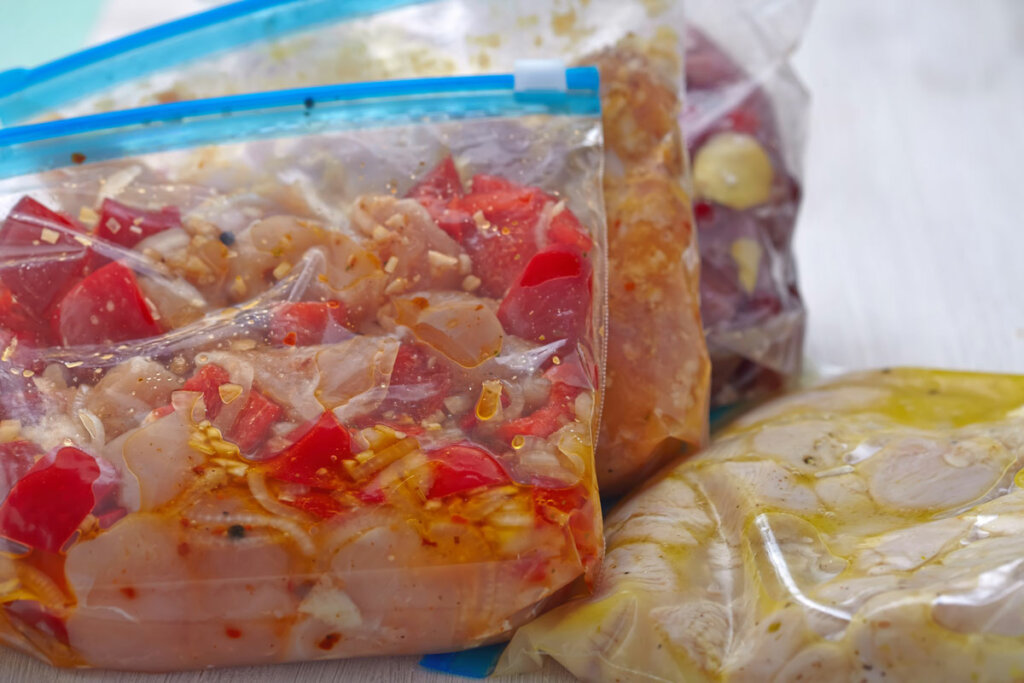
Don’t put a freeze on your monthly bills and necessities. Pay your mortgage, electric bill, phone bill, and credit card payments. Homeless, cold and hungry is a terrible place to be, and that’s not the freeze I’m talking about here; it’s a spending freeze!
For example, I am talking about freezing your spending at the grocery store. Purchasing bread, milk and eggs if you don’t have a cow and chickens is a place you wouldn’t freeze. Buy only the absolute necessities and make do with what you’ve got. You’ll save and use what you have.
Try using what’s in your pantry, freezer and household and use up some of the items you have. Sometimes, I am amazed at what I have on hand that was pushed to the back of the freezer and made a substantial meal with leftovers.
Get creative and see how far you can go with what you have. My frugal living tips for making homemade meals with food in the pantry and freezer are far better than spending on convenience foods, increasing your grocery bill.
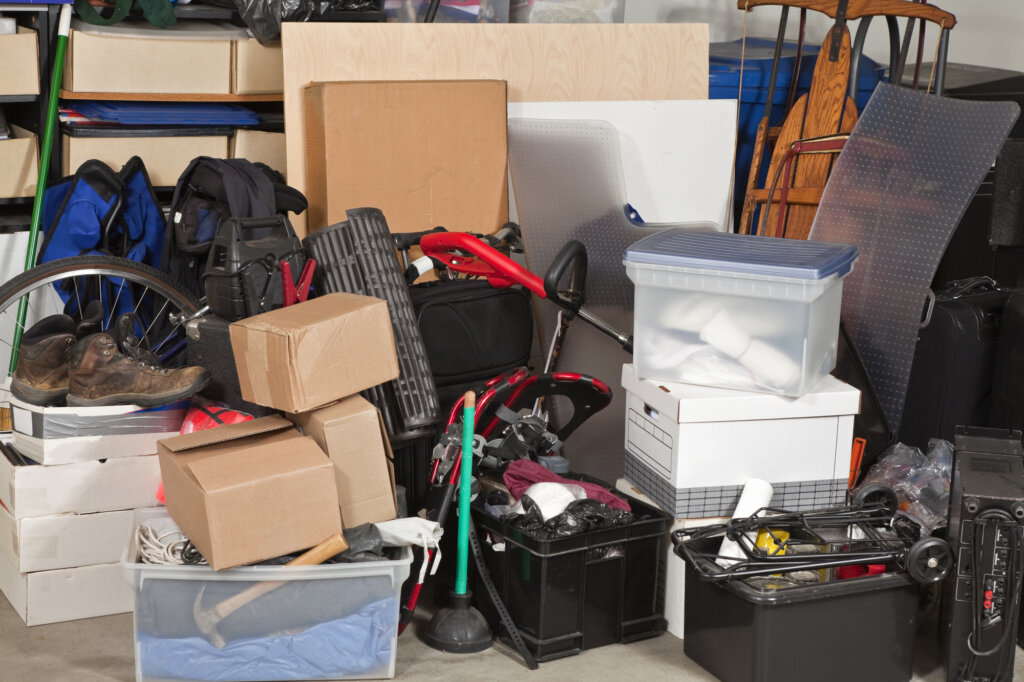
Going through my house, outbuildings, garage and other areas on the homestead help me de-clutter and purge stuff I don’t use or need anymore. Selling some of these items adds a little money to the budget; it’s encouraging to have money flow coming in and not out all the time.
My rules for bartering success offer tips to live a more frugal lifestyle. Trading something you don’t need or use anymore for an item you could use keeps you from spending money and lightens that footprint on our shared planet.
A lot of budgeting is about being frugal, but sometimes you're already on so tight of a budget you can't cut any more corners. So this gives us a way to bring extra money into the budget.

Remember which things are necessary and which are only luxuries. Even after the Great Depression was over and my grandparents had some money, my grandma was still in the mindset you didn't splurge on things.
My dad told me a story about my great-grandpa going to the store and buying great-grandma a hand mixer. She made him return it and said, “I don't need that; I can do without it.” So much of what we have we don't need.
I will do some shopping online because we live in a rural area, and I can only sometimes get to the store. I've started putting things in the cart and waiting to check out immediately. I will come back the next day, and usually, I find I don't need it and end up not purchasing it.
Pro-Tip: Periodically review your memberships and streaming services to validate that they are bringing value to your home. If not, cancel them!
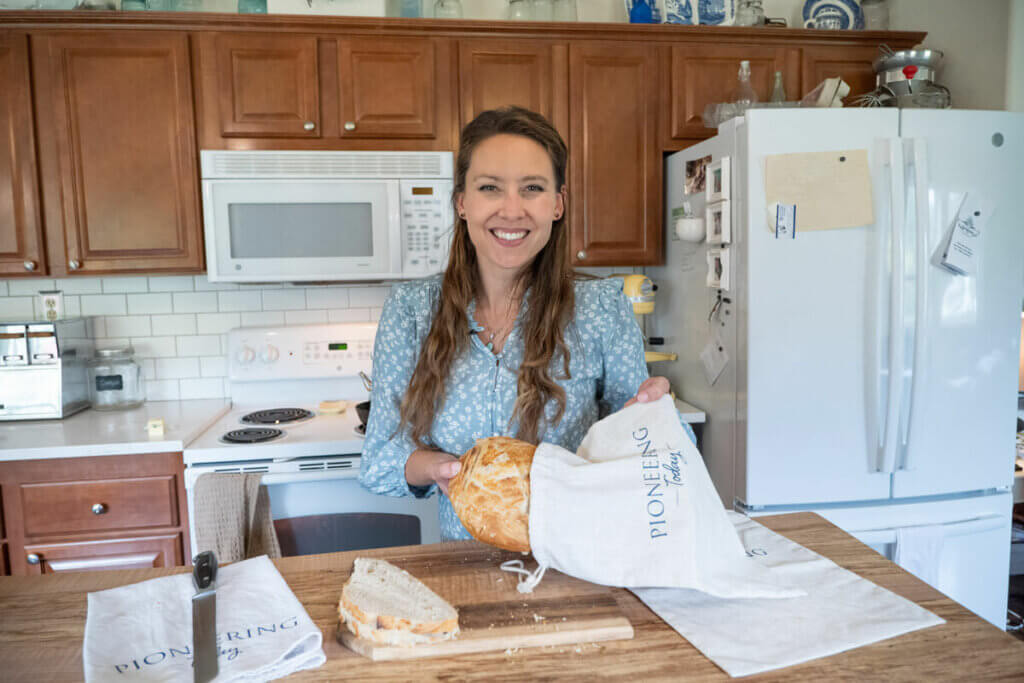
When I reuse or repurpose things, I feel like I live an old-fashioned pioneer life. This frugal way of life inspires me to think about what I can do to leave a lighter footprint on the planet.
In the kitchen, you can reuse plastic bags, wash and turn them inside out to dry and reuse them multiple times. (Or grab some of my Pioneering Today linen bread bags!) Parchment paper is not a one-time use either. When I make homemade no-knead artisan bread or granola bars, I can use it 2-3 times before throwing it away.
Learning a few sewing skills goes a long way when repurposing or making new items out of old things. Sewing is not something I do well, but having a seam ripper (what a lifesaver for me) and a few simple sewing skills can really go far when it comes to living frugally.
Ma from the Little House on the Prairie series inspired me to consider repurposing clothing. These DYI repurposed sweater projects can show you how to turn two old sweaters into a hat, fingerless gloves, a scarf, and two sets of boot socks.
You can also take quilting to a new level. The Pioneers did quilting because it allowed them to take smaller bits of fabric and turn it into something beautiful and valuable. Quilt making is an excellent way to use scrap clothing while keeping you cozy and decorating your home.
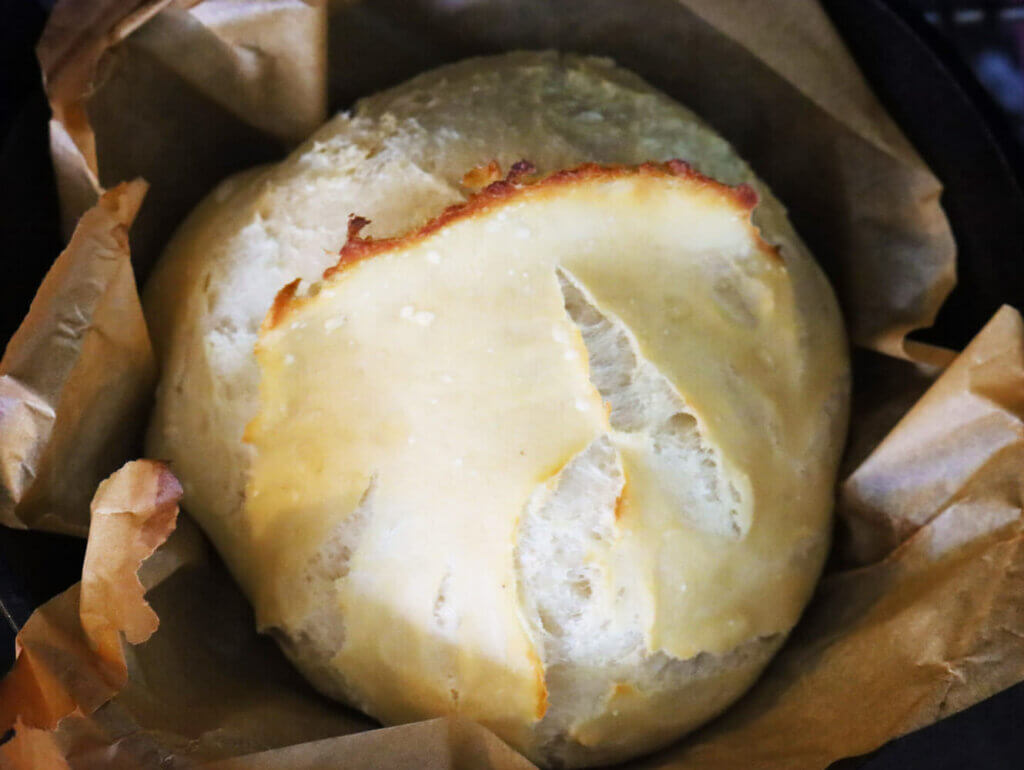
My grandmother always said you can make anything at home. She firmly believed everything made at home is better for you than store-bought.
We've come full circle and are embracing this way of life again. Making homemade foods is cheaper than buying them in the store, and it's healthier.
There are frugal ways to prepare food thoughtfully, like in the days of the Great Depression. My dad remembers eating biscuits and cornbread (no yeast required) with homemade jam and applesauce because store-bought was too expensive.
I still make strawberry jam, blueberry jam, and cherry jam recipes without store-bought pectin. You could say I take after my grandmother in many ways. I look for ways to be frugal and creative to stretch our household food budget and eat healthy, homemade food.
My great grandma’s pie crust only took a few ingredients and was used for sweet and savory pies, filled with what they had available. Grandma would make pasties from her pie crusts, cutting out small circles and filling them with fruits, meats, and veggies. Delicious and filling!
Being a picky eater wasn’t an option, and treats were far and in between.
You had to be creative, and my great-grandma made a treat my dad and aunt fondly remember called chocolate gravy. They had it over flaky buttermilk biscuits; Dad said it was delicious and filling. Creativity creates memories!
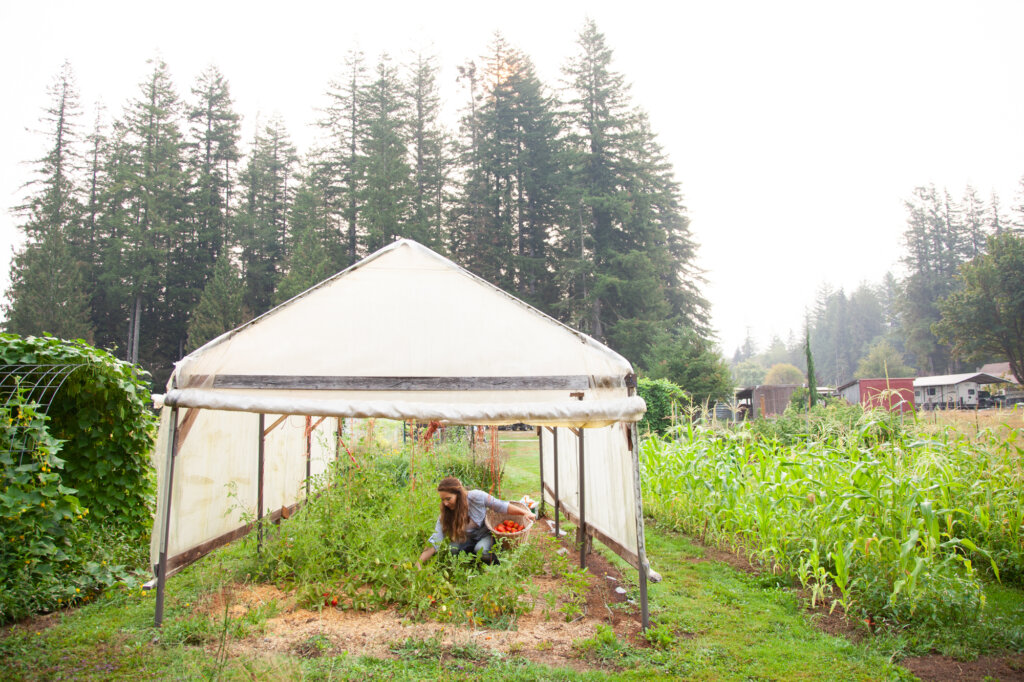
Living a pioneer homesteading lifestyle and raising whole foods causes us to pay attention to what we need and can afford, not what we want. We grow and make foods that are good for our health using different preservation methods, like fermentation, canning and dehydrating foods.
Corn is usually easier to grow than wheat, at least where we live. You go through your corn, pick the ears that aren't prime, cut the kernels off the cob, and dry them. When fully dry, make it into corn meal to feed livestock in winter. Every little bit helps with the budget!

Having a garden in the summer can help with frugal living by storing up as much as you can for the other months of the year. Starting with a small garden or container gardening is a great way to experience gardening and add food to your pantry.
Canning, freezing, fermenting and dehydrating foods stretch your food budget, and it’s a healthier way to eat. If you are new to canning, check out my free canning video series to get started.
Farmer’s markets and co-ops are readily available in most areas if a garden isn't something you can have. Local farms grow extra foods to sell, and often, it’s organic. Either way, it is a frugal pioneer way to store healthier foods for your household.

Old-fashioned pioneer methods accomplish various tasks that we’ve forgotten. Take dehydrating food, for example; nowadays, we purchase the latest, greatest electric dehydrator and do not think about using heat from a wood stove or the sun to dry food.
My grandpa used a wood stove for heat, cooking, and as a dehydrator. They didn't have dehydrators like we do now, so they used the sun or the wood stove. He hung hooks above the wood stove and used screens to dry prunes and other fruits.
Finding multiple uses for what we have takes some research, such as our local library, the internet and elders who have lived a more self-sufficient lifestyle. This research gives us access to knowledge and teaches us the ways of old for a more self-sustaining and frugal lifestyle today.
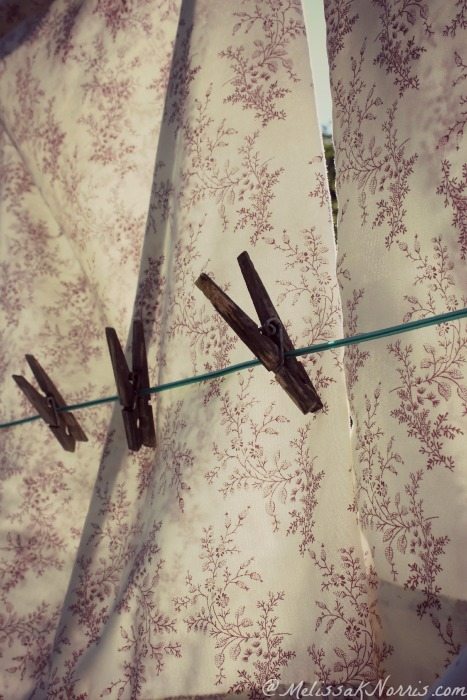
I try to buy things of good quality and take care of them. Frugality does not mean purchasing the cheapest item. You can spend a few more dollars and have better quality items that stand the test of time, saving you money.
We get what we pay for when we use cheap items made of cheap materials that fall apart quickly. Spending money on a higher-quality item and taking good care of it can stretch your dollars further in the long run.
Clothing, for example, is an area we as a society fail miserably. We are all guilty of keeping clothing until we don't like it or want it anymore because it’s no longer fashionable.
The Depression Era mindset was about finding ways to use things repeatedly. They often purchased their clothes used, even after the Depression was over. We live in a throwaway society, yet reusing items until they are worn out is an easy change.
Just step into your local thrift stores and see all the clothing, shoes and household stuff that is barely used and ready for more wear. It will be a significant savings for you and make good use of items that would otherwise fill our landfills.
Or, when your clothing or sheets wear out, cut them up and use them as dish towels or emergency “spill” rags.
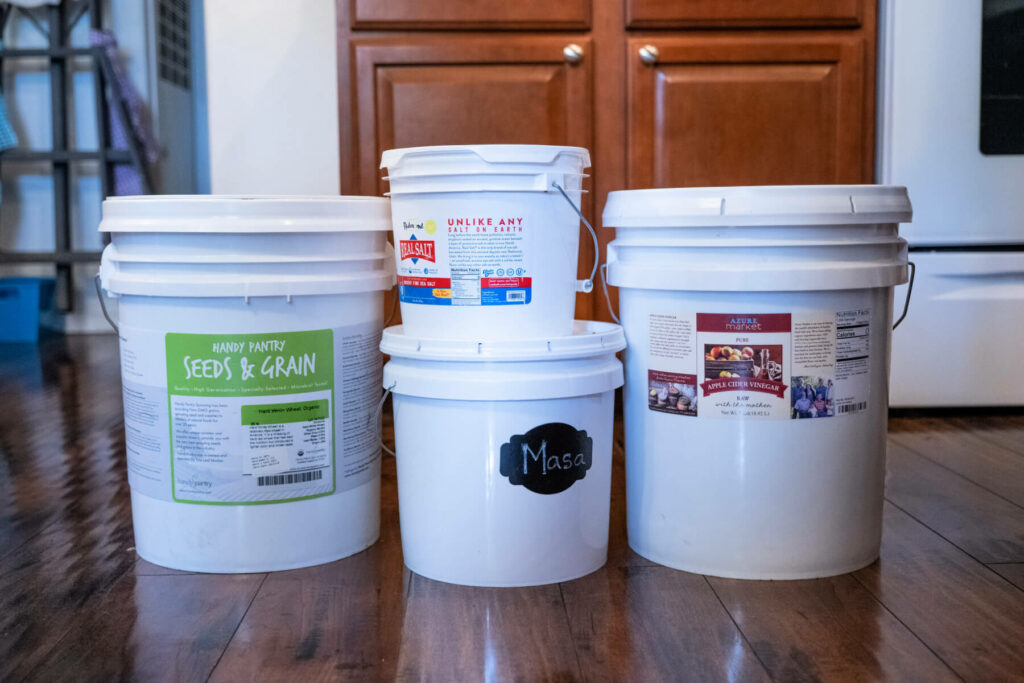
These tips for buying food in bulk show you how to buy quality food in quantity that will store well in your pantry at a huge savings. Buying in bulk increases your options to make baked goodies and other holiday food gifts for multiple people and stay within your budget.
You can buy items on closeout for quick sale and use them for multiple purposes. I have a weakness for sales and clearance items and know that I can blow the budget if I don’t think through what I’m purchasing. Make a list before buying so it doesn’t go to waste.
Impulse buying happens when you see a good deal and purchase multiple budget-breaking items that don’t get used. It’s a checks and balances method that requires self-control and practice. Patience is needed because there is always a good deal around the corner.
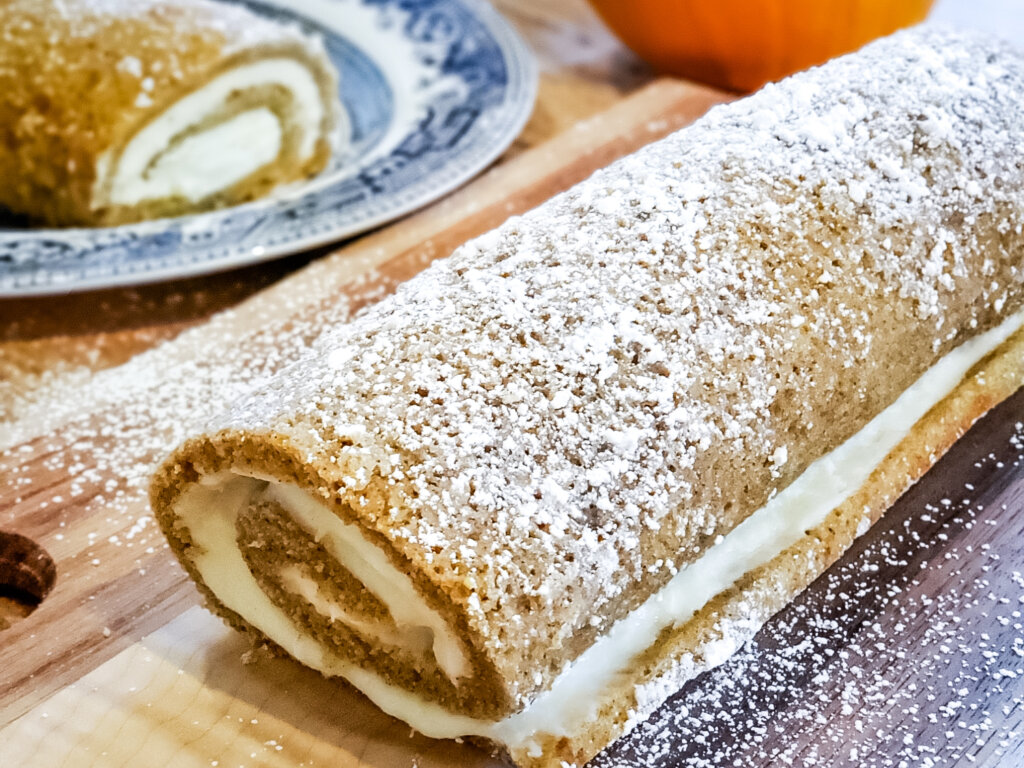
Lastly, I would encourage you to talk to your family and get your family history, stories, and recipes before they're gone (like the pumpkin roll pictured above!). Reach out and ask questions; ask them for recipes and stories. I feel blessed to connect with my family and preserve this knowledge before it's forgotten and gone.
Nowadays, a cell phone is a mini handheld computer that allows you to conveniently research your family's heritage or keep videos of a family member's stories and experiences. We can keep our families history and pass it on to our children, so they continue to learn from their ancestors.
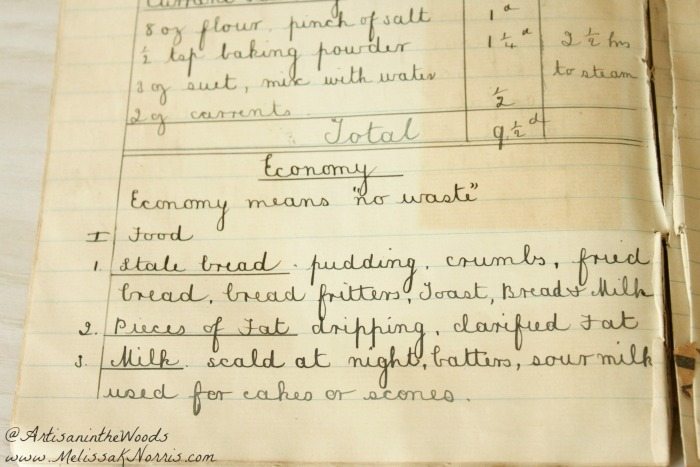
Podcast #40
Podcast #47
Where to find Ruth:
Podcast #71 – 5 Frugal Tips from Ma Ingalls and the Pioneers
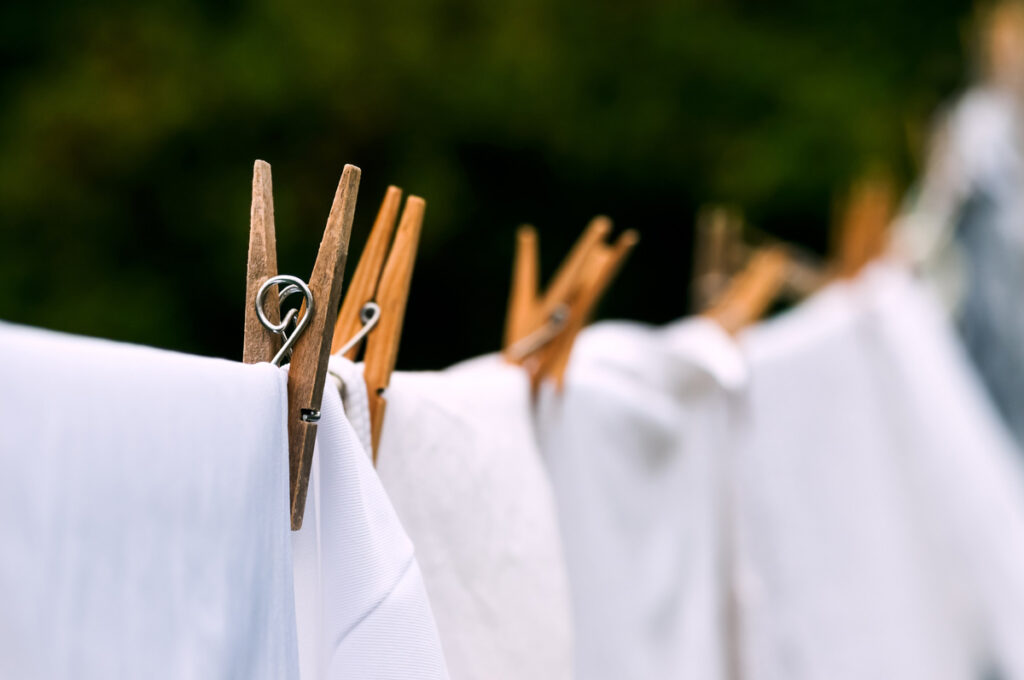
The post Save Money & Live Frugally appeared first on Melissa K. Norris.

Note: This blog post has been updated to include multiple podcast episodes on frugal living. Over the years, I've had multiple listeners ask for ways to live more frugally, so download each of these podcasts and listen to them at your leisure! Here’s to frugal living!
Listen to the full episodes of the Pioneering Today Podcast, where we don’t just inspire you but give you the clear steps to create the homegrown garden, pantry, kitchen and life you want for your family and homestead:
- Podcast #40 – 8 Depression Era Tips to Save You Money Now
- Podcast #47 – 7 Tips to Spending Less and Living the Good Life
- Podcast #71 – 5 Frugal Tips from Ma Ingalls and the Pioneers

Frugal Living Homestead Style
Living frugally with essential homestead skills is more important than ever these days with the rising cost of inflation. It seems grocery prices increase before I make it through the store aisles. Loading a few meager bags of food into the car costs a pretty penny; it’s disheartening.
I have been taking into account the stories shared with me about the steps to a simple life our great-grandparents knew and things our grandparents reused during the Great Depression so I can make two ends meet for our family as a modern homesteader.
Frugal living is learned; believe me, I have learned through trial and error over the years. Putting into practice the tips to live like the Pioneers and staying consistent has its challenges, but at the end of the day, it’s been well worth the long-term investment of time and energy. Homesteading can really save you money.

Tips for Living Frugally
The little things in life go a long way when living frugally in the Pioneer spirit on the homestead, or anywhere for that matter. I have learned and used many tips and tricks to keep our household running well, experiencing the frugal Pioneer lifestyle we have chosen.
Make a Budget
I was raised in a frugal household. My parents were taught by their parents, and it was all I knew. I learned that making a budget is intentional and, if held to consistently, will guide you with your spending. Living outside your budget is where things can get out of balance quickly.
Keeping your budget honest and realistic is important because your life and household are what your budget manages. Couponing and sales can only get you so far; you have to ask yourself if the purchase is a need-need or a want-need and wait for a bit before making the final purchase.
Making sure you have a margin for the unexpected things that come up, or extra monies needed for gift buying, repairs, travel or the occasional unforeseen expenses is real life. We try to make sure that the miscellaneous amount is realistic and affordable.

Spending Freeze
Don’t put a freeze on your monthly bills and necessities. Pay your mortgage, electric bill, phone bill, and credit card payments. Homeless, cold and hungry is a terrible place to be, and that’s not the freeze I’m talking about here; it’s a spending freeze!
For example, I am talking about freezing your spending at the grocery store. Purchasing bread, milk and eggs if you don’t have a cow and chickens is a place you wouldn’t freeze. Buy only the absolute necessities and make do with what you’ve got. You’ll save and use what you have.
Try using what’s in your pantry, freezer and household and use up some of the items you have. Sometimes, I am amazed at what I have on hand that was pushed to the back of the freezer and made a substantial meal with leftovers.
Get creative and see how far you can go with what you have. My frugal living tips for making homemade meals with food in the pantry and freezer are far better than spending on convenience foods, increasing your grocery bill.

Sell Things You Don’t Need
Going through my house, outbuildings, garage and other areas on the homestead help me de-clutter and purge stuff I don’t use or need anymore. Selling some of these items adds a little money to the budget; it’s encouraging to have money flow coming in and not out all the time.
My rules for bartering success offer tips to live a more frugal lifestyle. Trading something you don’t need or use anymore for an item you could use keeps you from spending money and lightens that footprint on our shared planet.
A lot of budgeting is about being frugal, but sometimes you're already on so tight of a budget you can't cut any more corners. So this gives us a way to bring extra money into the budget.

Don’t Buy Things You Don’t Need
Remember which things are necessary and which are only luxuries. Even after the Great Depression was over and my grandparents had some money, my grandma was still in the mindset you didn't splurge on things.
My dad told me a story about my great-grandpa going to the store and buying great-grandma a hand mixer. She made him return it and said, “I don't need that; I can do without it.” So much of what we have we don't need.
I will do some shopping online because we live in a rural area, and I can only sometimes get to the store. I've started putting things in the cart and waiting to check out immediately. I will come back the next day, and usually, I find I don't need it and end up not purchasing it.
Pro-Tip: Periodically review your memberships and streaming services to validate that they are bringing value to your home. If not, cancel them!

Reuse and Repurpose What You Can
When I reuse or repurpose things, I feel like I live an old-fashioned pioneer life. This frugal way of life inspires me to think about what I can do to leave a lighter footprint on the planet.
In the kitchen, you can reuse plastic bags, wash and turn them inside out to dry and reuse them multiple times. (Or grab some of my Pioneering Today linen bread bags!) Parchment paper is not a one-time use either. When I make homemade no-knead artisan bread or granola bars, I can use it 2-3 times before throwing it away.
Learning a few sewing skills goes a long way when repurposing or making new items out of old things. Sewing is not something I do well, but having a seam ripper (what a lifesaver for me) and a few simple sewing skills can really go far when it comes to living frugally.
Ma from the Little House on the Prairie series inspired me to consider repurposing clothing. These DYI repurposed sweater projects can show you how to turn two old sweaters into a hat, fingerless gloves, a scarf, and two sets of boot socks.
You can also take quilting to a new level. The Pioneers did quilting because it allowed them to take smaller bits of fabric and turn it into something beautiful and valuable. Quilt making is an excellent way to use scrap clothing while keeping you cozy and decorating your home.

Make What You Can Yourself
My grandmother always said you can make anything at home. She firmly believed everything made at home is better for you than store-bought.
We've come full circle and are embracing this way of life again. Making homemade foods is cheaper than buying them in the store, and it's healthier.
There are frugal ways to prepare food thoughtfully, like in the days of the Great Depression. My dad remembers eating biscuits and cornbread (no yeast required) with homemade jam and applesauce because store-bought was too expensive.
I still make strawberry jam, blueberry jam, and cherry jam recipes without store-bought pectin. You could say I take after my grandmother in many ways. I look for ways to be frugal and creative to stretch our household food budget and eat healthy, homemade food.
My great grandma’s pie crust only took a few ingredients and was used for sweet and savory pies, filled with what they had available. Grandma would make pasties from her pie crusts, cutting out small circles and filling them with fruits, meats, and veggies. Delicious and filling!
Being a picky eater wasn’t an option, and treats were far and in between.
You had to be creative, and my great-grandma made a treat my dad and aunt fondly remember called chocolate gravy. They had it over flaky buttermilk biscuits; Dad said it was delicious and filling. Creativity creates memories!

Grow Your Own Food and Feed for Animals
Living a pioneer homesteading lifestyle and raising whole foods causes us to pay attention to what we need and can afford, not what we want. We grow and make foods that are good for our health using different preservation methods, like fermentation, canning and dehydrating foods.
Corn is usually easier to grow than wheat, at least where we live. You go through your corn, pick the ears that aren't prime, cut the kernels off the cob, and dry them. When fully dry, make it into corn meal to feed livestock in winter. Every little bit helps with the budget!

Save as Much as Possible in the Summer
Having a garden in the summer can help with frugal living by storing up as much as you can for the other months of the year. Starting with a small garden or container gardening is a great way to experience gardening and add food to your pantry.
Canning, freezing, fermenting and dehydrating foods stretch your food budget, and it’s a healthier way to eat. If you are new to canning, check out my free canning video series to get started.
Farmer’s markets and co-ops are readily available in most areas if a garden isn't something you can have. Local farms grow extra foods to sell, and often, it’s organic. Either way, it is a frugal pioneer way to store healthier foods for your household.

Find Multiple Uses for What You Have
Old-fashioned pioneer methods accomplish various tasks that we’ve forgotten. Take dehydrating food, for example; nowadays, we purchase the latest, greatest electric dehydrator and do not think about using heat from a wood stove or the sun to dry food.
My grandpa used a wood stove for heat, cooking, and as a dehydrator. They didn't have dehydrators like we do now, so they used the sun or the wood stove. He hung hooks above the wood stove and used screens to dry prunes and other fruits.
Finding multiple uses for what we have takes some research, such as our local library, the internet and elders who have lived a more self-sufficient lifestyle. This research gives us access to knowledge and teaches us the ways of old for a more self-sustaining and frugal lifestyle today.

Use Things Until They Are Worn Out
I try to buy things of good quality and take care of them. Frugality does not mean purchasing the cheapest item. You can spend a few more dollars and have better quality items that stand the test of time, saving you money.
We get what we pay for when we use cheap items made of cheap materials that fall apart quickly. Spending money on a higher-quality item and taking good care of it can stretch your dollars further in the long run.
Clothing, for example, is an area we as a society fail miserably. We are all guilty of keeping clothing until we don't like it or want it anymore because it’s no longer fashionable.
The Depression Era mindset was about finding ways to use things repeatedly. They often purchased their clothes used, even after the Depression was over. We live in a throwaway society, yet reusing items until they are worn out is an easy change.
Just step into your local thrift stores and see all the clothing, shoes and household stuff that is barely used and ready for more wear. It will be a significant savings for you and make good use of items that would otherwise fill our landfills.
Or, when your clothing or sheets wear out, cut them up and use them as dish towels or emergency “spill” rags.

Buy on Sale and in Bulk
These tips for buying food in bulk show you how to buy quality food in quantity that will store well in your pantry at a huge savings. Buying in bulk increases your options to make baked goodies and other holiday food gifts for multiple people and stay within your budget.
You can buy items on closeout for quick sale and use them for multiple purposes. I have a weakness for sales and clearance items and know that I can blow the budget if I don’t think through what I’m purchasing. Make a list before buying so it doesn’t go to waste.
Impulse buying happens when you see a good deal and purchase multiple budget-breaking items that don’t get used. It’s a checks and balances method that requires self-control and practice. Patience is needed because there is always a good deal around the corner.

Learn Your History
Lastly, I would encourage you to talk to your family and get your family history, stories, and recipes before they're gone (like the pumpkin roll pictured above!). Reach out and ask questions; ask them for recipes and stories. I feel blessed to connect with my family and preserve this knowledge before it's forgotten and gone.
Nowadays, a cell phone is a mini handheld computer that allows you to conveniently research your family's heritage or keep videos of a family member's stories and experiences. We can keep our families history and pass it on to our children, so they continue to learn from their ancestors.

Resources
Podcast #40
- One Thousand Gifts by Ann Voskamp
Podcast #47
Where to find Ruth:
- Living Well Spending Less
- Ruth’s Book Living Well Spending Less
- Verse of the Week – Hebrews 12:1
Podcast #71 – 5 Frugal Tips from Ma Ingalls and the Pioneers
- 6 DIY Re-Purposed Sweater Projects
- Little House on the Prairie (Andover Fabrics)
- Quick Stitch Sewing Kit
- Brother Sewing and Quilting Machine
- Made From Scratch Life

Other Articles You May Enjoy
- 5 Reasons to Use a Clothesline
- 7 Frugal Fall Recipes for Real Food Kitchens
- 10 Things Our Grandparents Reused During the Great Depression
- 6 Tips on Buying Food in Bulk
- 6 Rules for Bartering Success
- 8 Tips to Live Like the Pioneers
- 13 Steps to the Simple Life Your Great-Grandparents Knew
- Essential Homestead Skills
The post Save Money & Live Frugally appeared first on Melissa K. Norris.
